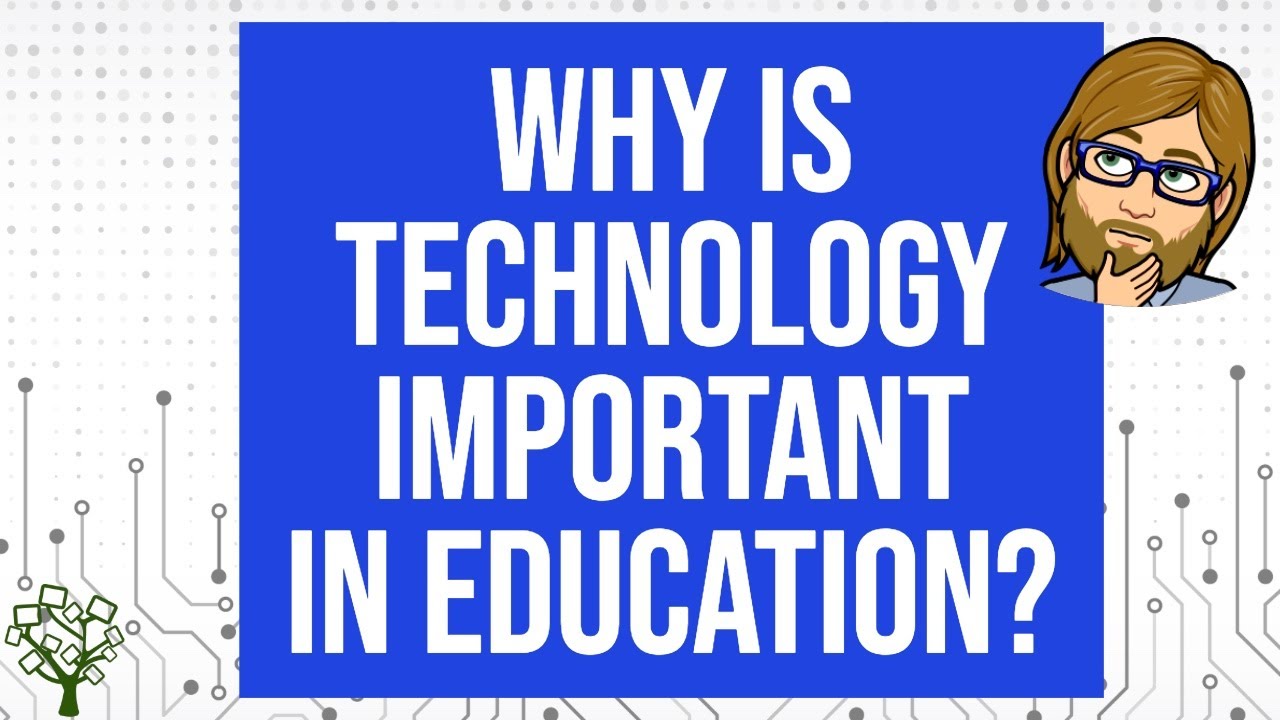
Information and communication technologies (ICTs) have already become an indispensable and integral component of people’s daily life. They have become a tool that facilitates and streamlines economic, educational, and social processes, and they are now present in almost everything that surrounds us, from our job to our daily routines. The possibilities provided by information technology are limitless. Improving educational processes and facilitating recreational activities for pupils, as well as managing to assist learning processes, are some of its good effects.
According to an expert in educational technology, introducing technological tools into education has benefits that increase knowledge and engagement. Also, the efficiency and productivity of our instructors and students in the classroom. Education and learning must keep up with technological advancements. We must guarantee that our children grow up in an atmosphere where they are exposed to it in a responsible and, above all, scientific manner, that is, that they use the same rational thinking that is used to solve real-life problems and intentionally attempt to better their surroundings.
How Technology Help in Education?
According to a study, information technology can help education in the following ways:
1. Increase Collaboration.
In face-to-face or virtual classes, they can inspire students to express themselves and connect with other classmates, allowing them to learn interactively and without having to be in a certain location. It is no longer essential for a group of students to gather in-person to do academic work. We can see in this covid-19 every assignment writers in Dubai are in touch with students through these technology products.
2. Time Management.
Teachers and students can minimize the amount of time they spend on tasks by becoming more efficient. Academics, on the other hand, may devote more time to their education.
3. Learning Flexibility and Adaptability
Advanced students may gain access to additional content, while those who require reinforcement can use assistance tools.
4. Student Communication Should be Improved.
Through virtual topic environments, technology has facilitated communication between professors and students.
5. Reduced Costs.
Because no physical materials are required and everything can be done through software or app, the use of new technologies in education provides for cost savings.
Challenges in Educational Technology
According to Built-in, 92 percent of instructors are aware of the influence of technology on education. 59 percent of middle school students think digital instructional tools have helped them improve their grades and test scores, according to Project Tomorrow. The World Economic Forum estimates that the educational technology industry will grow to $342 billion by 2025 as a result of these tools’ popularity.
Educational technology, on the other hand, has significant drawbacks, notably in terms of implementation and usage. According to Project Tomorrow, despite the rising interest in the use of augmented reality, artificial intelligence, and other new technologies in the classroom, only around 10% of schools have these tools in their classrooms. Excessive screen time, the efficacy of instructors utilizing technology, and concerns about technology fairness are among the other concerns.
The Benefits and Disadvantages of Using Information Technology in Education Include.
Is it good to utilize information technology in education? Yes, to a considerable extent. Of course, like with everything, there are always certain drawbacks to consider. As a result, we shall discuss the benefits and drawbacks of using information technology in education in this article.
Pros
- if you use the tablet and books in PDF format, you won’t have to carry as much weight. As a result, from an early age, there are fewer back issues.
- Autonomous learning is favored by the use of information technology since children may learn “on their own.” All they have to do is use educational applications and games.
- Personalized teaching is a method of tailoring instruction to the needs of individual students. This is accomplished by using instructional applications to work on certain topics.
- Students benefit from technology because it offers them fast access to knowledge, rapid learning, and entertaining ways to apply what they’ve learned.
Cons
- Because these gadgets are addicting, it is critical to limit the amount of time that youngsters spend with them.
- it is necessary to do periodic maintenance, such as updates, antivirus analysis, and so on.
- Instructors must possess specific abilities: many “old” teachers struggle to cope with new technologies since they are unfamiliar with how to utilize them. This might be an issue.
- When utilizing these technologies, it is important to take intermediate rests to avoid vision impairment. Otherwise, it may harm children’s eyesight and need the use of spectacles at a young age.
Was this helpful?
1 / 0